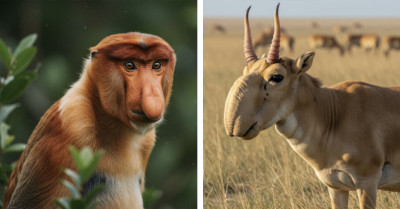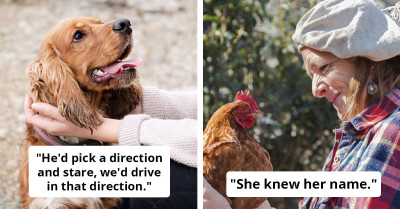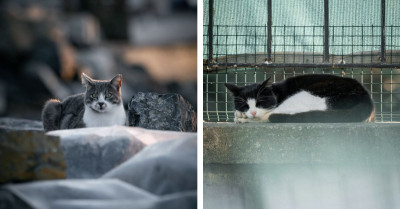The Willy Wagtail Is A Bird With A Silly Name That Perfectly Matches Its Adorableness
Language has evolved throughout our history, so the emergence of new meanings for words is only natural.
The words that may have been normal in the past can make us laugh if we hear them used in this age. Today, we're looking at a bird with a funny name.
It's none other than the willy wagtail. It might be excessively territorial with other birds, but fortunately, they're quite friendly with people.
We may never know who decided to call this bird a willy, but the wagtail part of its name is quite accurate. If we consider today's naming standards, willy may sound silly.
However, if you think about it, its silliness contributes to this creature's adorableness. "Wagtails" is part of their name because they do exactly that—wag their tails.
However, rather than looking like an intentional tail movement, the wag is actually a movement of its whole body. But it's not only the name and the action that make the willy wagtail interesting.
Look at it, and you'll notice its unique coloring. The tail and back of the bird are colored black.
It also has black patches on its chest that are as white as snow. Let's appreciate the cuteness of this bird, shall we?
Look at that white streak above their eyes. It looks like they're always unimpressed.

Willy wagtails can easily be found in most parts of Australia and Southeast Asia. You'll likely see them in urban areas.

They can hop close to a human. They'd even perch on people so that they can easily spot insects.

These birds are active feeders.
You'll see them hanging around lawns because they're foraging for insects on the ground. As they hunt, they wag their tails from side to side.

There are even more surprising things about willy wagtails.
One surprising fact is that despite being smaller, they can drive away larger birds of prey from their nests. The white eyebrows are their weapon, as they use them to angrily flare at the predator.
These birds will build their nests near your home. They're so clever that they'll build them right next to magpie-larks' nests (these birds are also aggressive at defending their nests).
Their nests will be 5 meters above the ground in a sheltered spot. Doing so allows them to keep their young safe from the dangers of predators.
Willy wagtails can be found throughout Australia, as well as in parts of New Guinea, where folklore says that they are the spirits of deceased relatives who bring good fortune.
Some Aboriginal communities in Australia, on the other hand, have a less positive impression of the chattering little bird. People would be cautious about telling secrets in the presence of a willy wagtail.
Tribes believe that they're gossipers who eavesdrop on the camps. According to legend in Western Australia's Kimberley region, if anyone spoke ill of the dead, these birds would inform the spirit of the deceased about what people have said.
Do you want to attract these birds to your garden? Keep your lawn well-watered and add a birdbath with fresh, clean water, where they can bathe, drink, and play.



